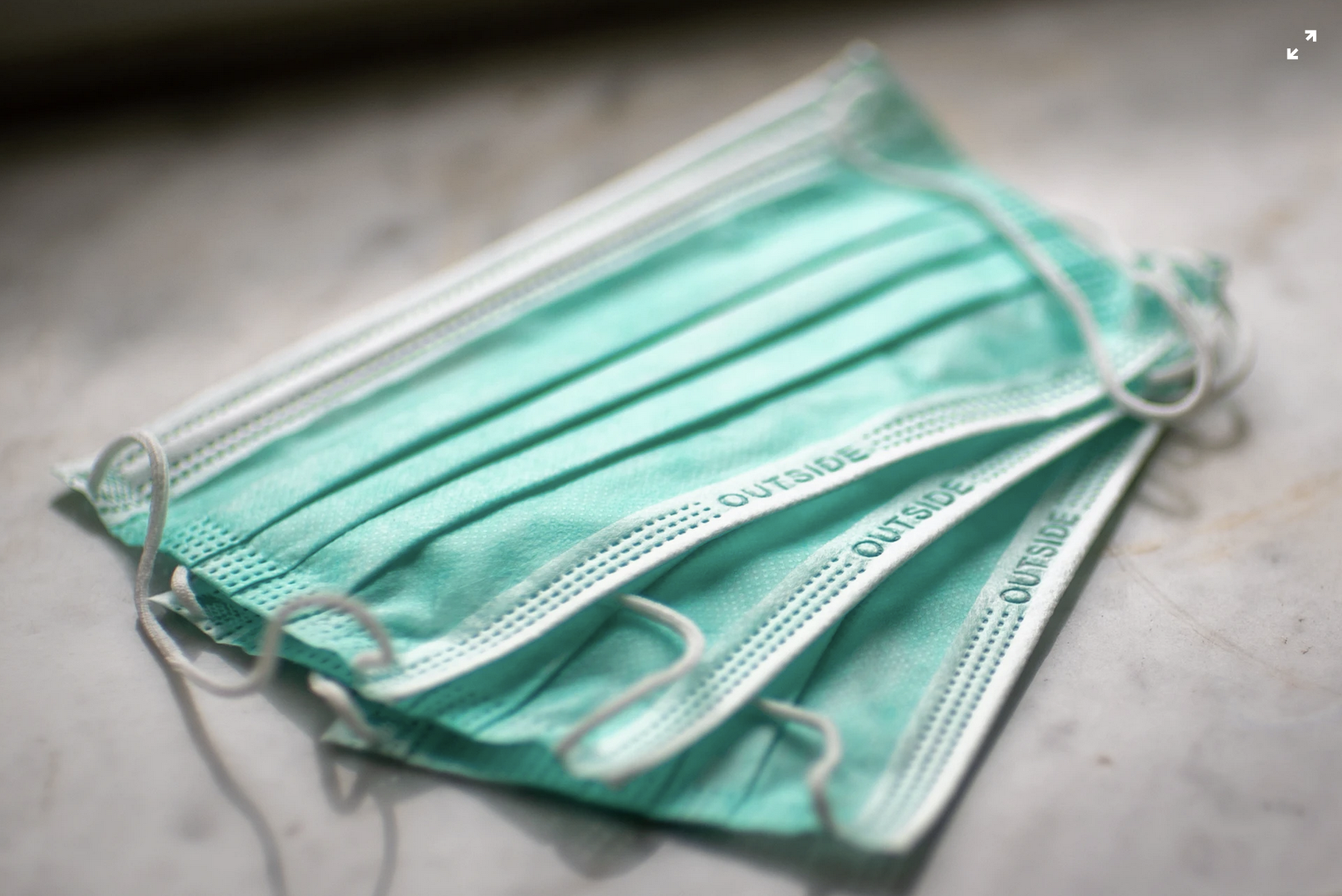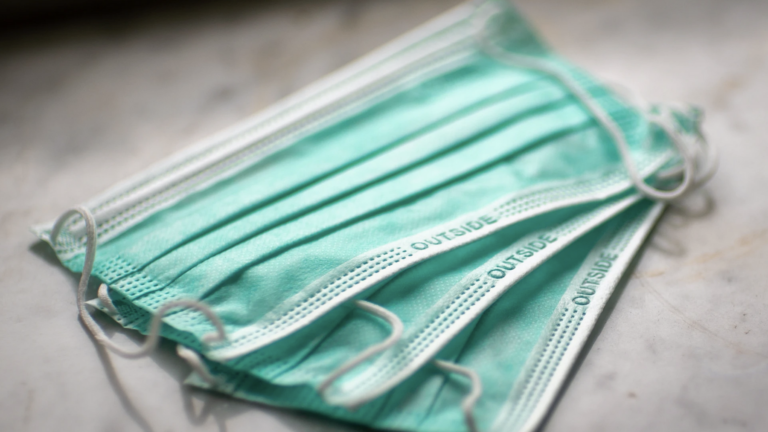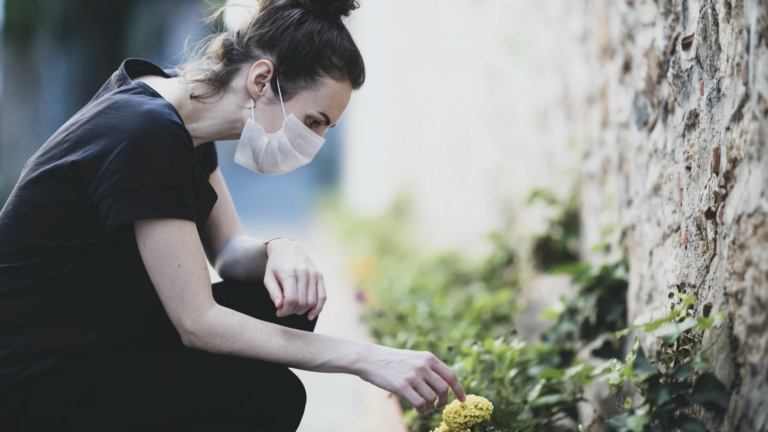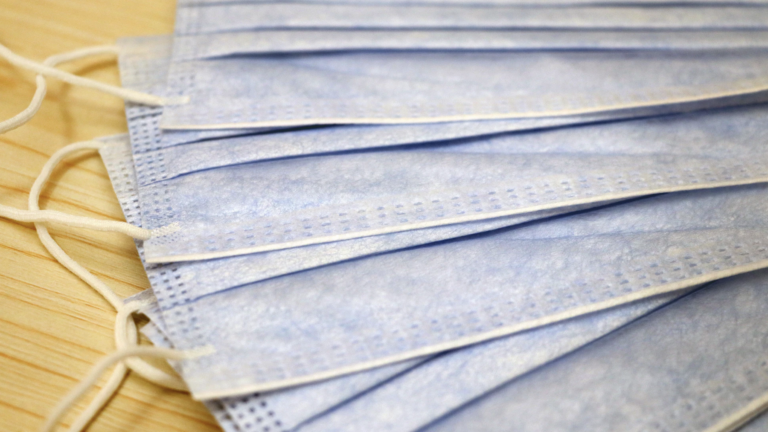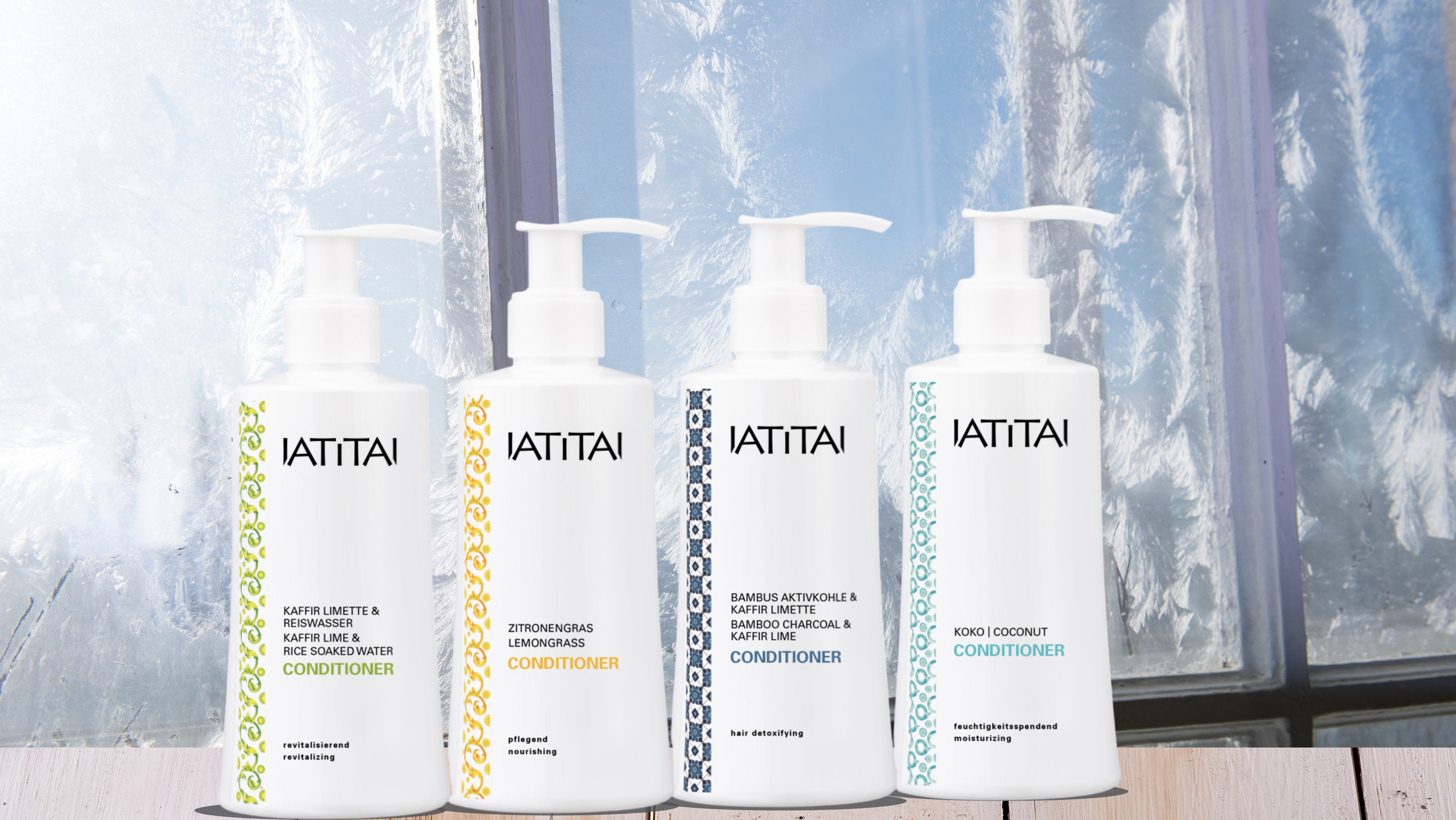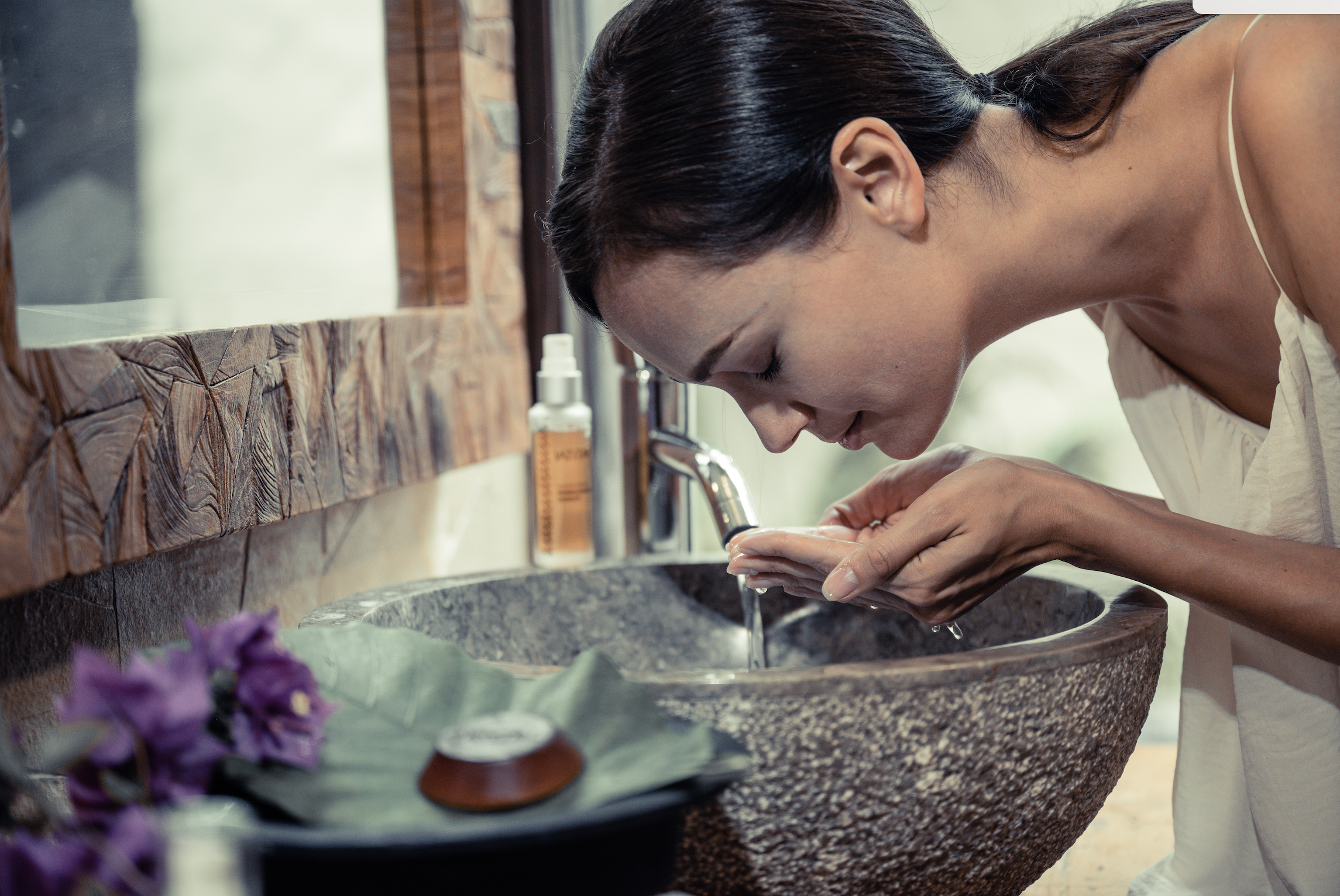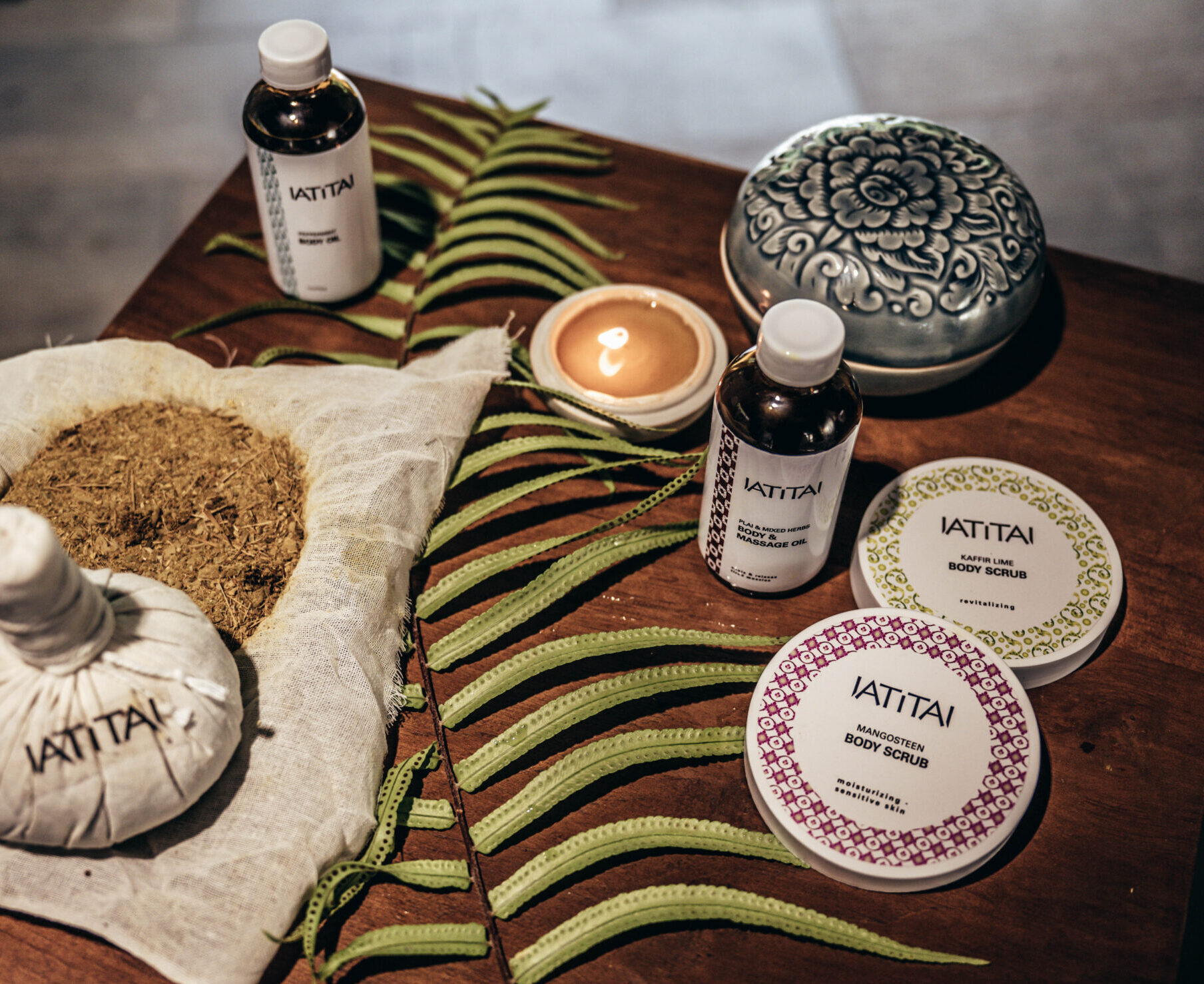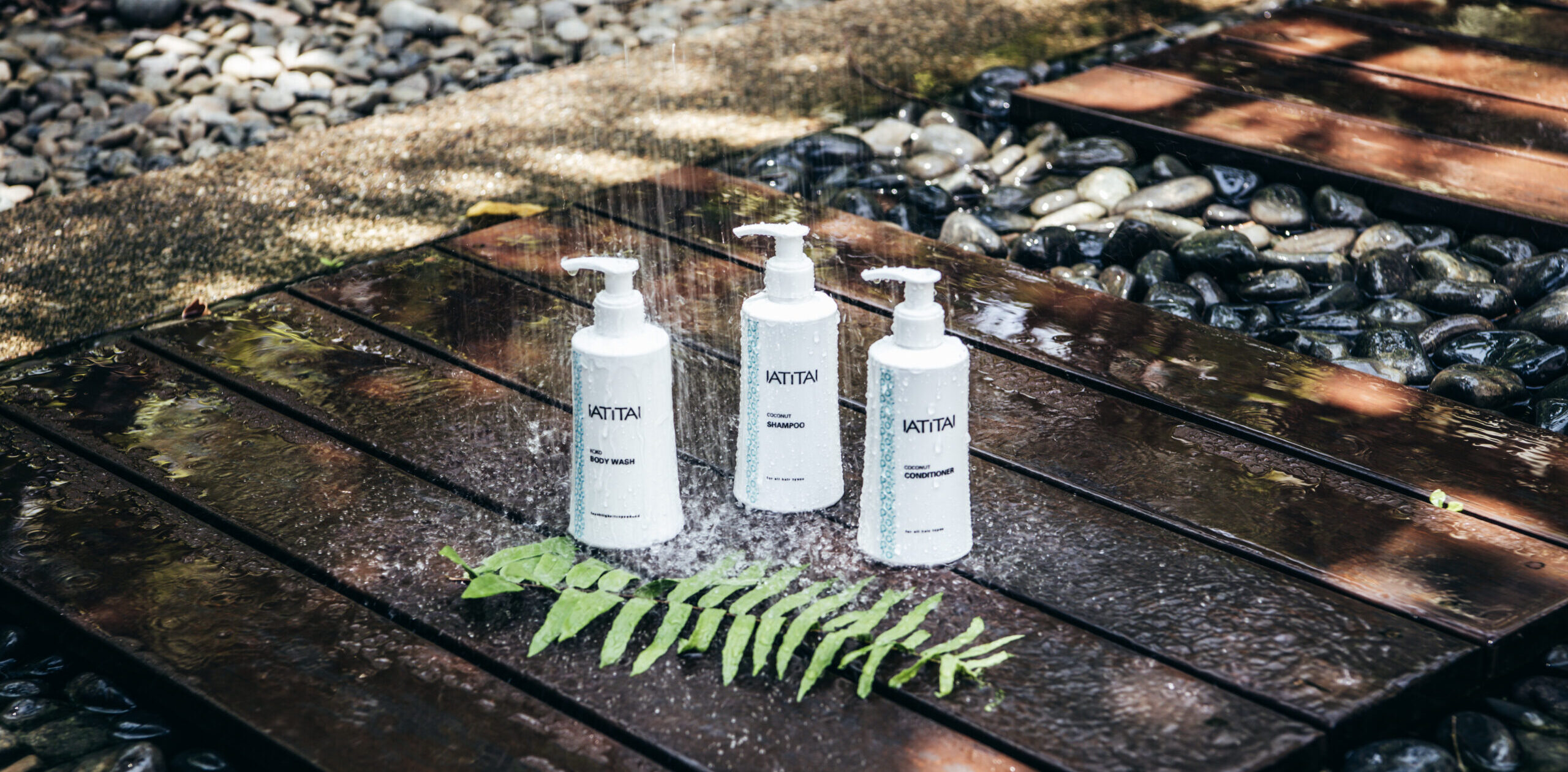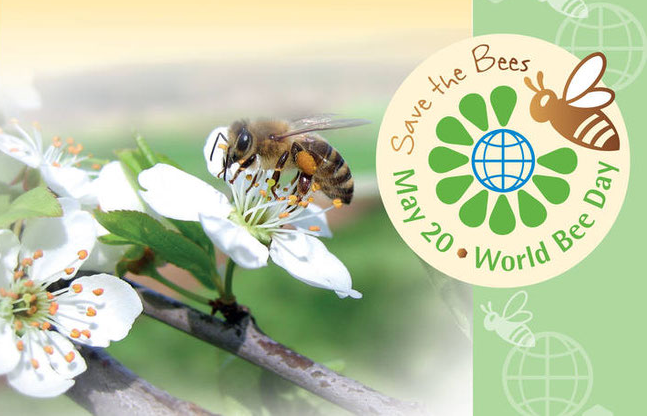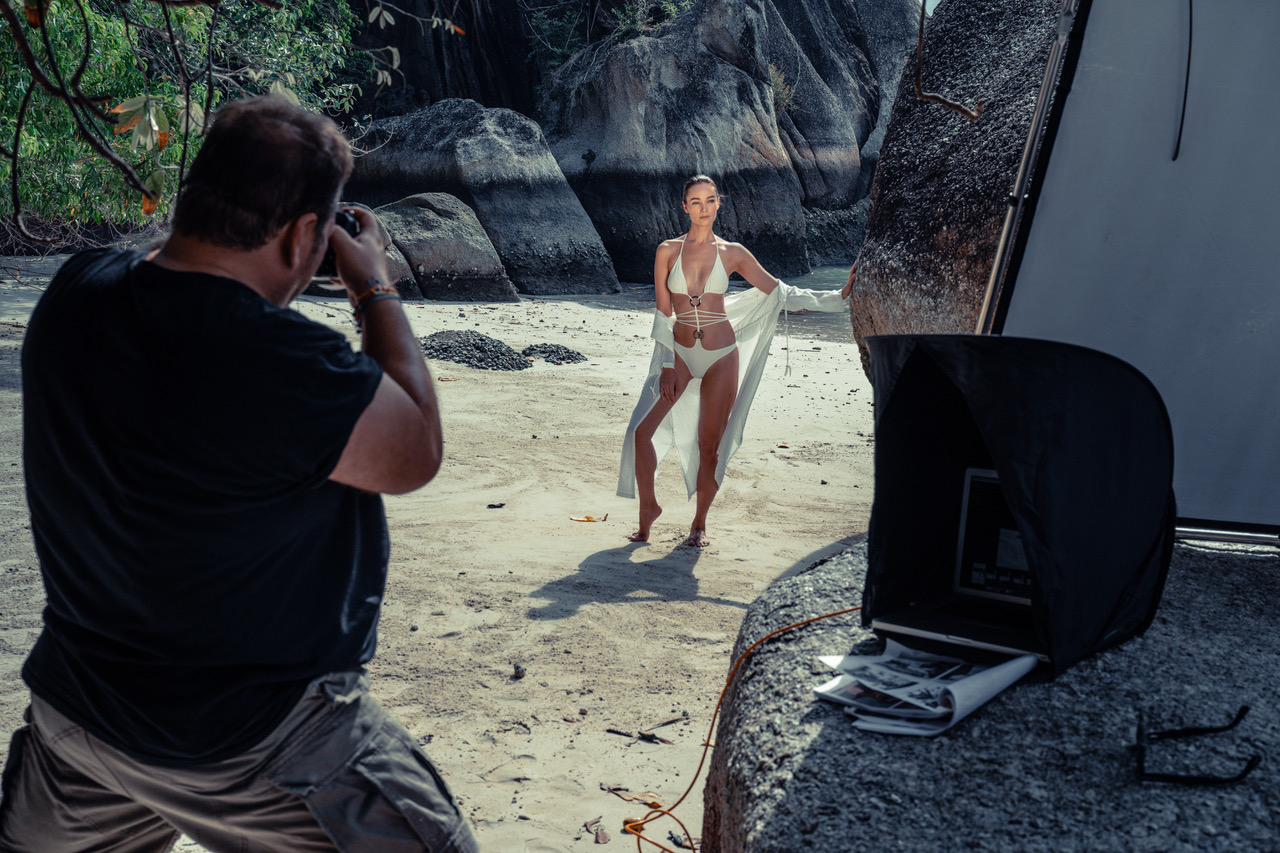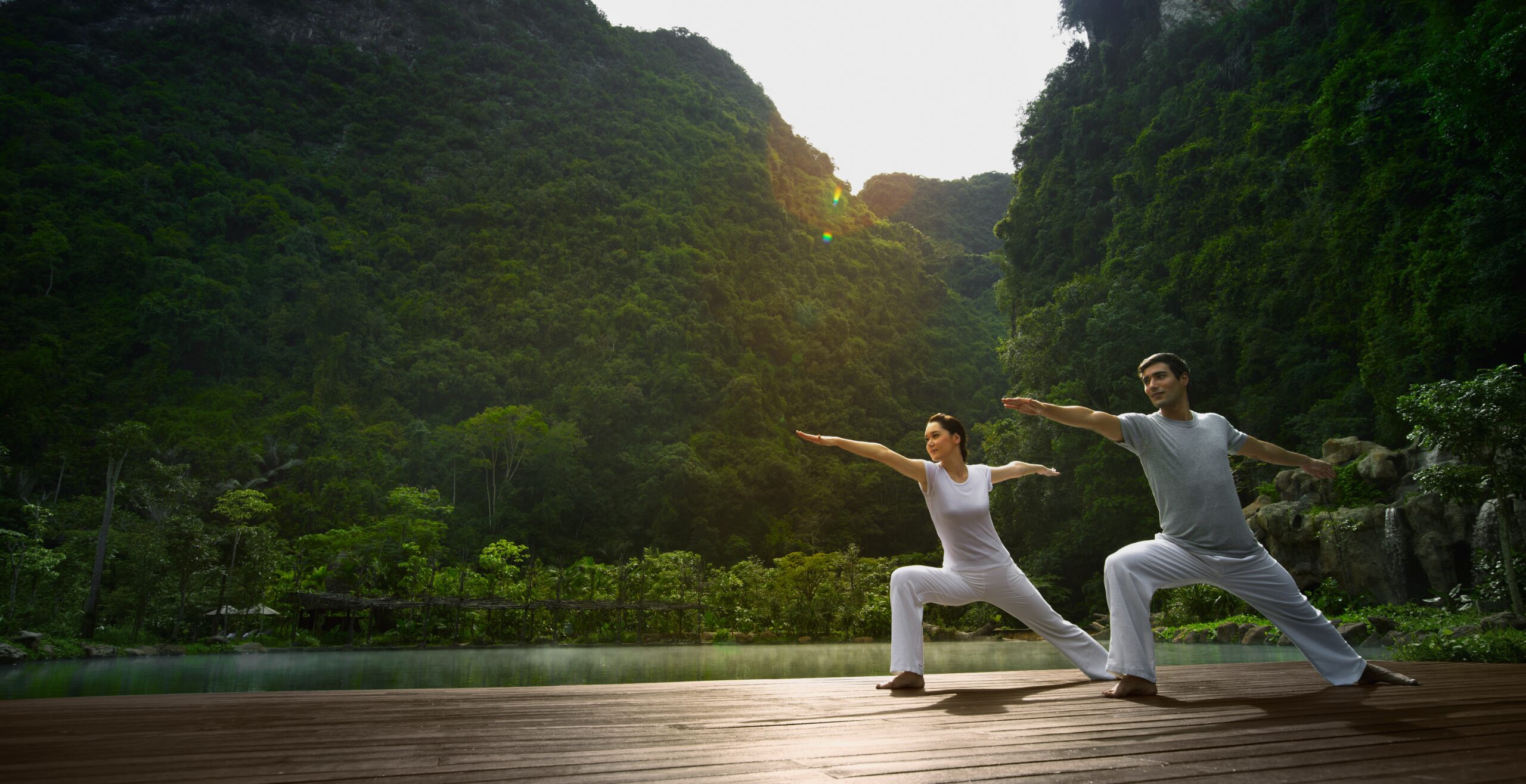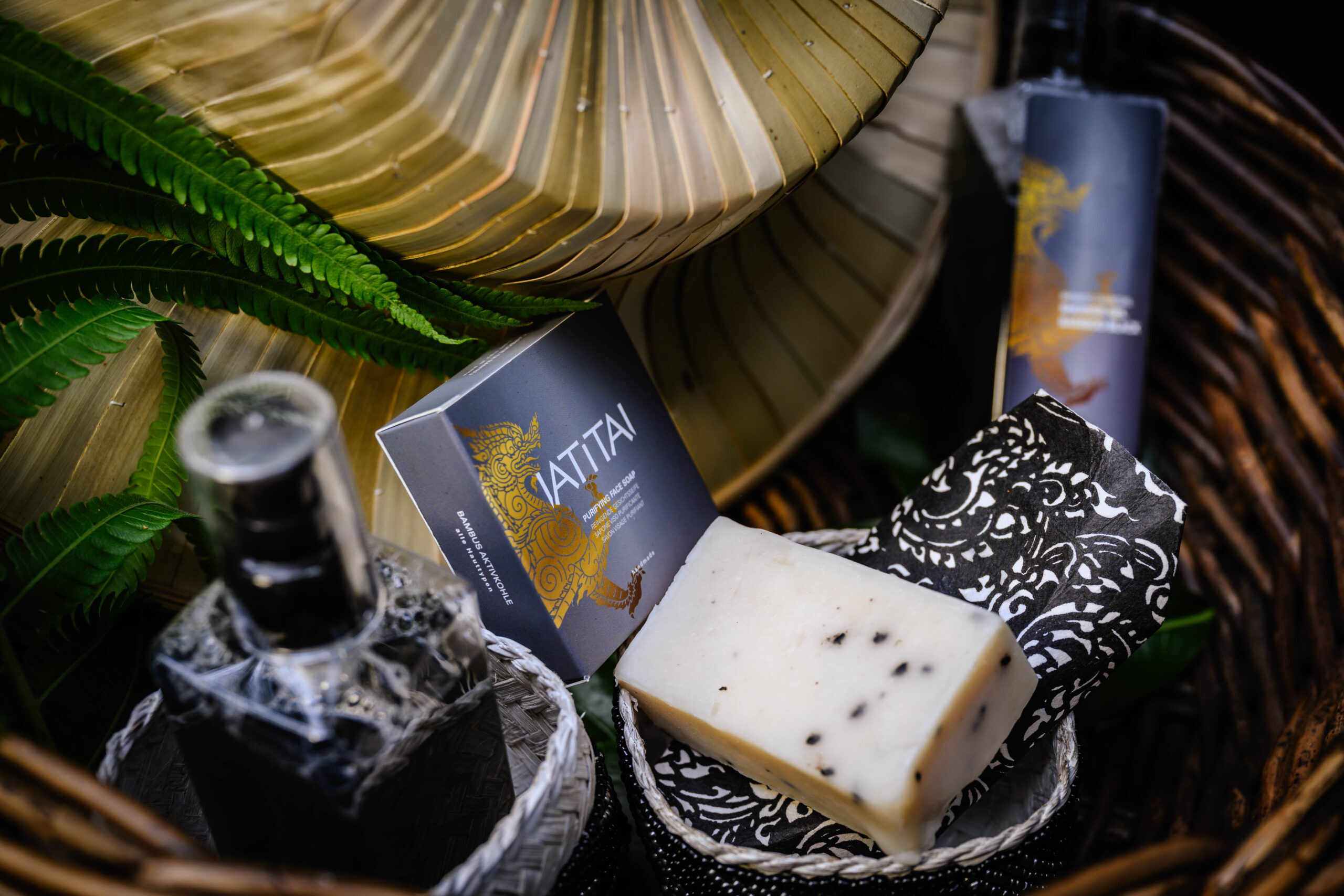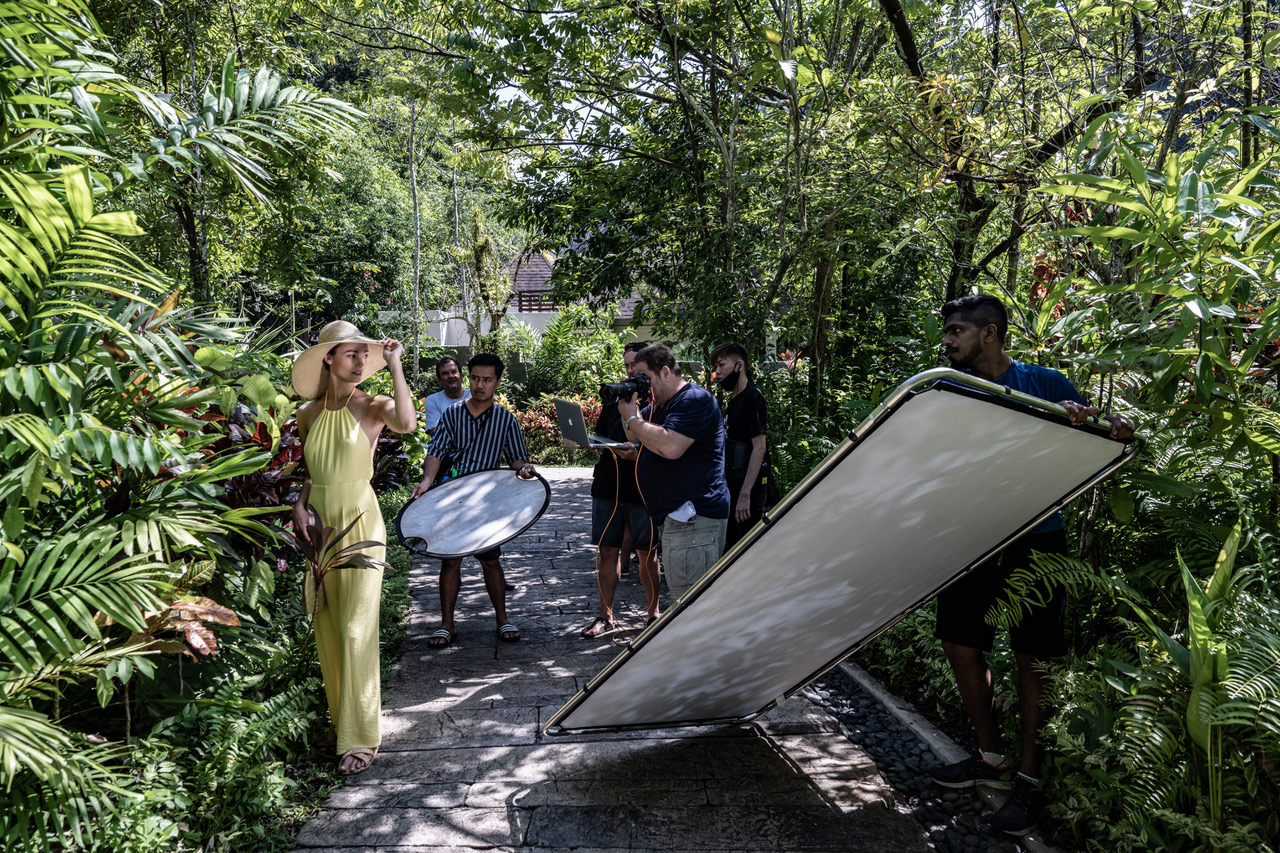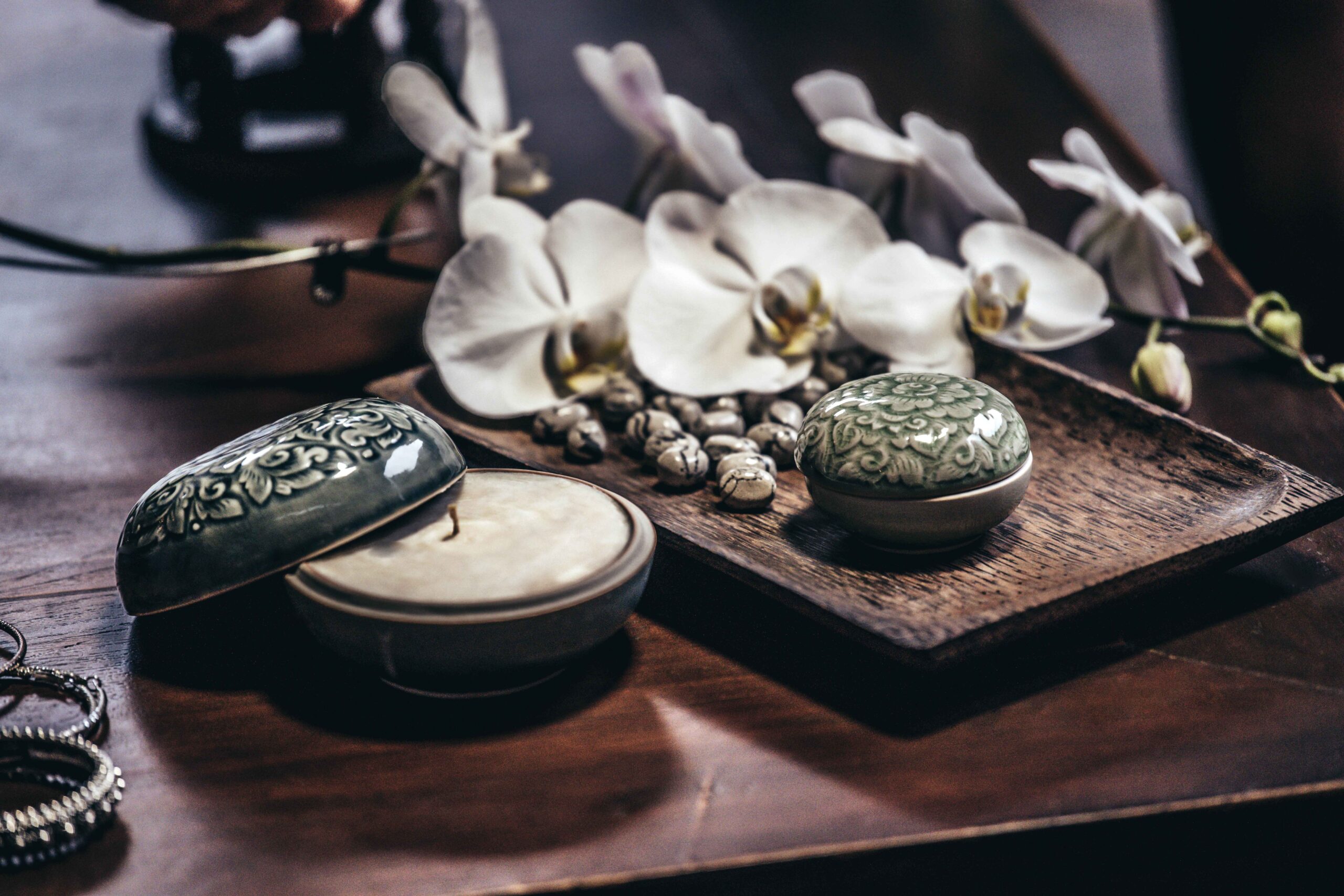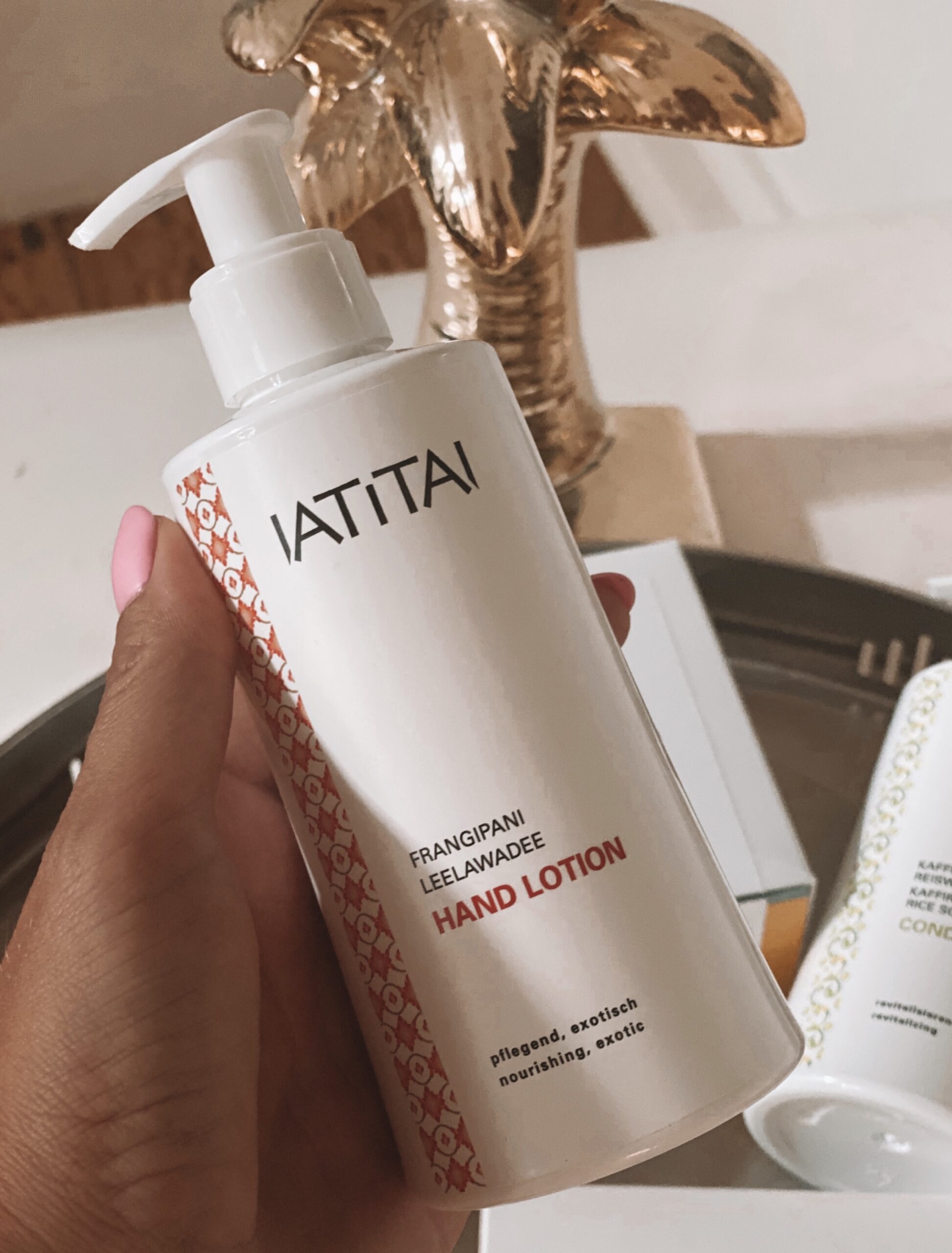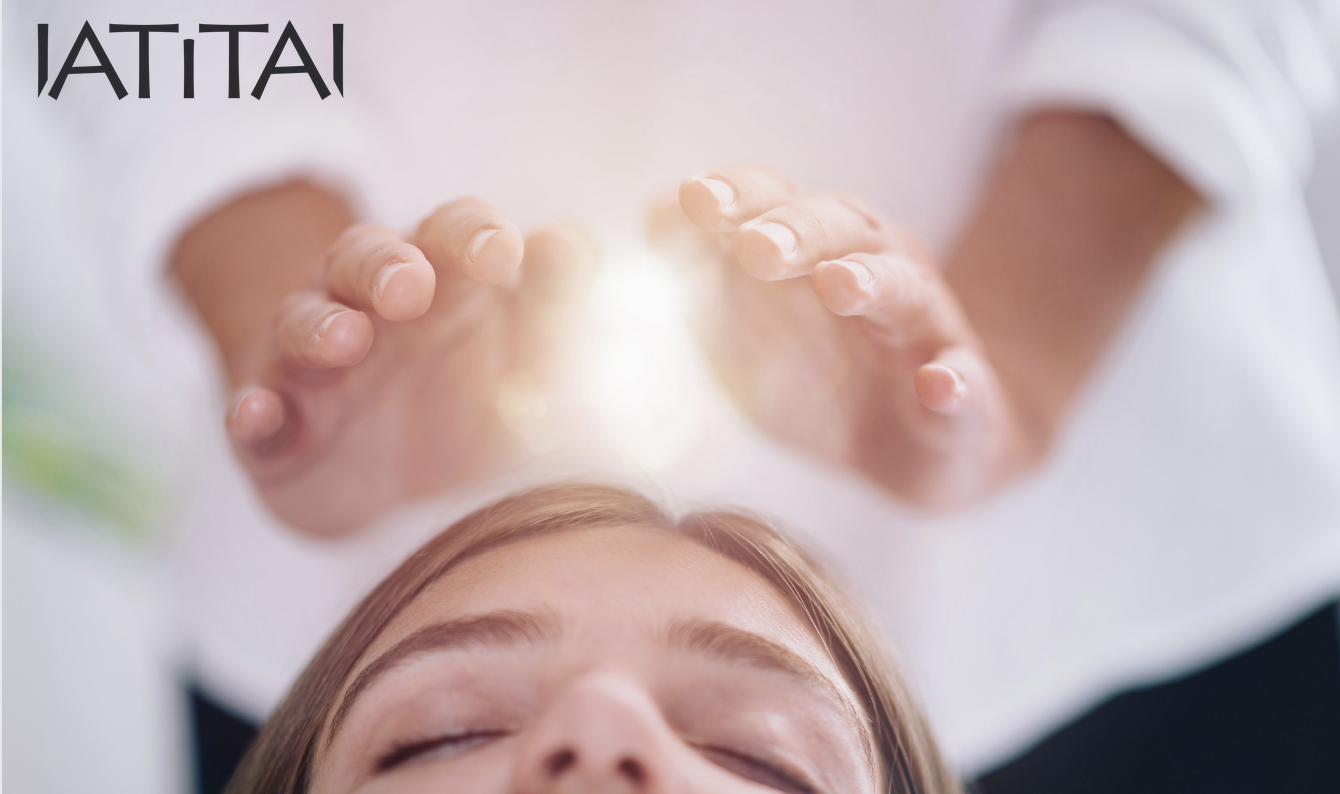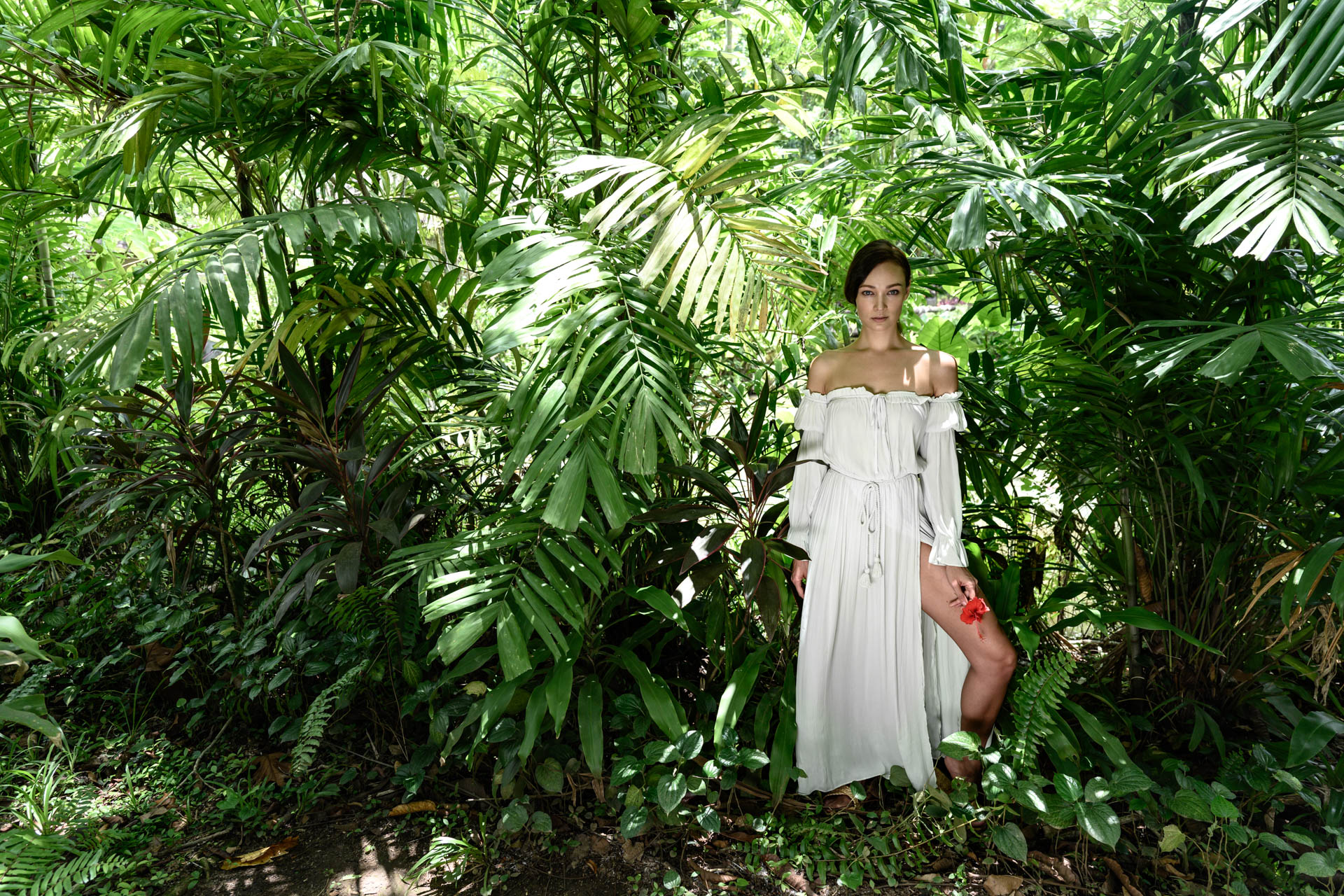Interview with medical doctor Dr. Melanie Eberl
Specialist for anaesthesiology, intensive care and emergency medicine at the accident clinic Murnau in Germany
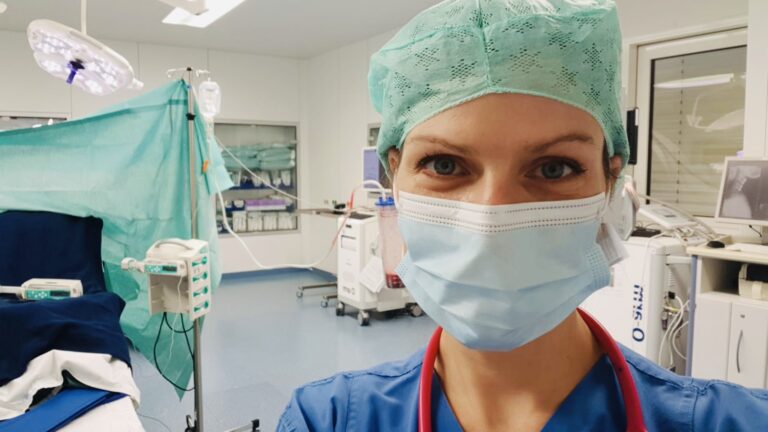
What do mouth-nose masks do to our skin?
Oral and nasal masks do not immediately channel the exhaled CO2-containing air away from the skin, so the area around the mouth and nose is exposed to more moisture and heat. A small local heat accumulation may occur. This in turn can lead to small elevations and redness, but also to impurities such as blackheads and pimples. Sensitive skin can react even more sensitively. In some cases, restricted breathing also causes panic and discomfort, which stresses the whole organism and is not good for the general well-being.
Therefore choose a mouthguard made of light material. If you choose one made of fabric, it should be washable at 60°C.
It is important: Always change the mouthguard or let it dry if it got wet!
Change at least once a day and wash regularly at 60° C. Because make-up residues and dead skin cells accumulate more and more at the contact surfaces, bacteria and sometimes viruses also accumulate inside and outside.
That’s why: Always remove the mouthguard on the wearer. Not on the fabric itself!
In case the mouthpiece was touched: Disinfect your hands or wash them thoroughly. Then place it on a clean surface, like a fresh handkerchief. Or simply hang it up by the handles.
Extras for spectacle wearers
A tip for spectacle wearers: There are also mouthguards with anti-fog function, which are very helpful if the glasses are constantly fogging.
For fabric masks, there is a foam, which can be attached to the nose area or the upper edge of the mask with a clamp, so that the air circulation is facilitated.
Fear and panic through the mask
Especially for inexperienced wearers, confined spaces (as in public transportation) and higher temperatures, I recommend: In case of fear and panic, lift your mask carefully on one side of the retaining bracket. Use your mouth to direct the airflow to this side. Cool air reduces the feeling of heat and tightness.
In addition, it is also worth trying out the mouthguard in situations that require faster breathing in order to get to know the feeling and learn that you still get enough air. So just go out in the fresh air for 5 minutes, preferably at the beginning in cool weather with a mouthguard, cycling or jogging so you get used to properly breath with your mask on. Once you are used to it, you will not get a feeling of panic anymorel
But what also helps is to use a mask that does not fit too tight to the face. In spite of the tightness at the edges, it also offers more possibilities for air circulation. So it is better to just get one size bigger.
What can I do if my skin suffers under the mask?
Very important is: Take it off as often as possible and let plenty of fresh air on to your skin! Mild peelings remove dead skin cells as well as excess oils and thus keep the pores free. Your skin will be able to eliminate toxins easier. Regular peeling can reduce the formation of irritations and impurities. A light serum or gel helps the skin to breathe easier under the mask.
Fotocredits: unsplash:macauphotoagency, mbaumi, enginakyurt

